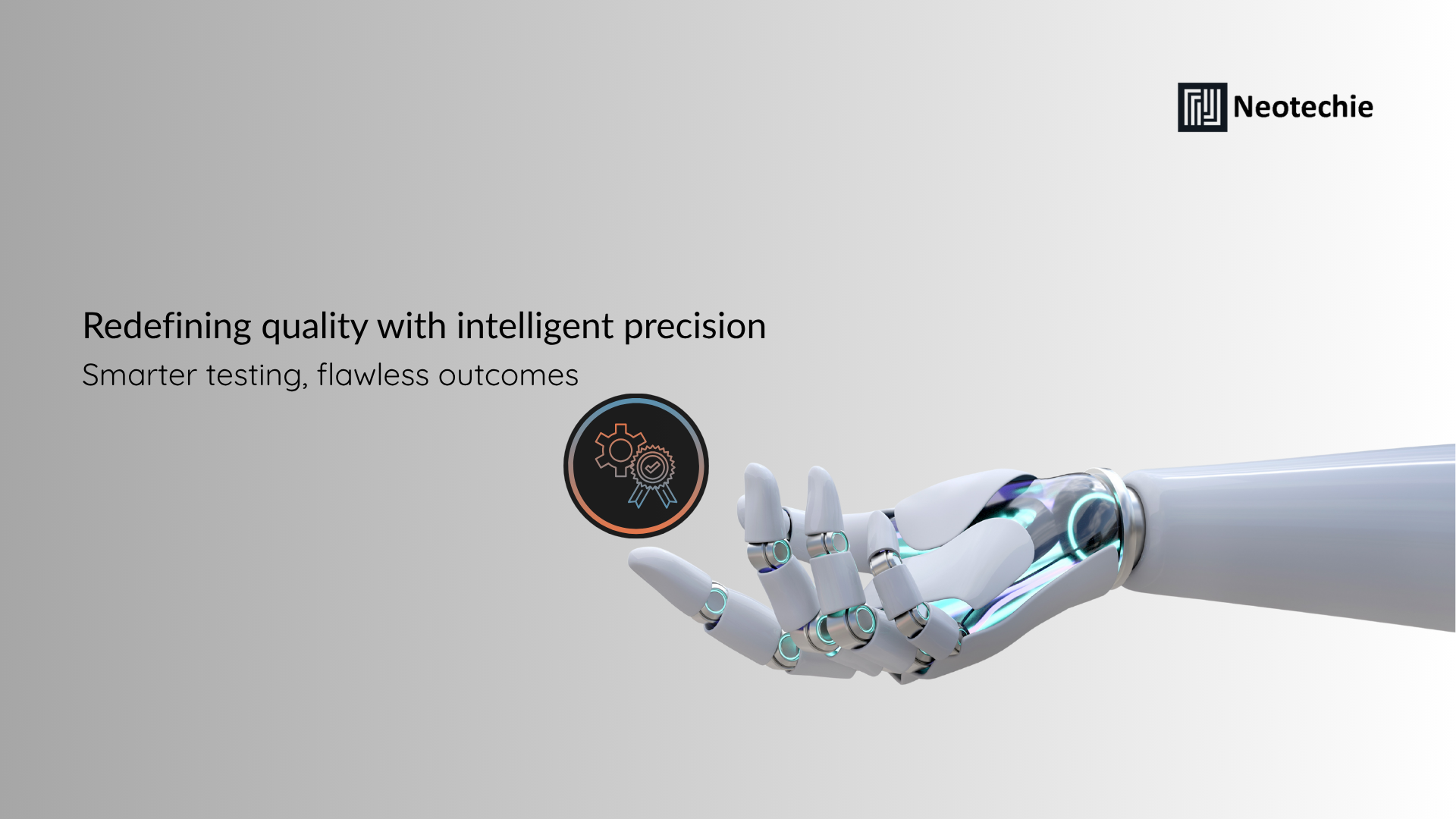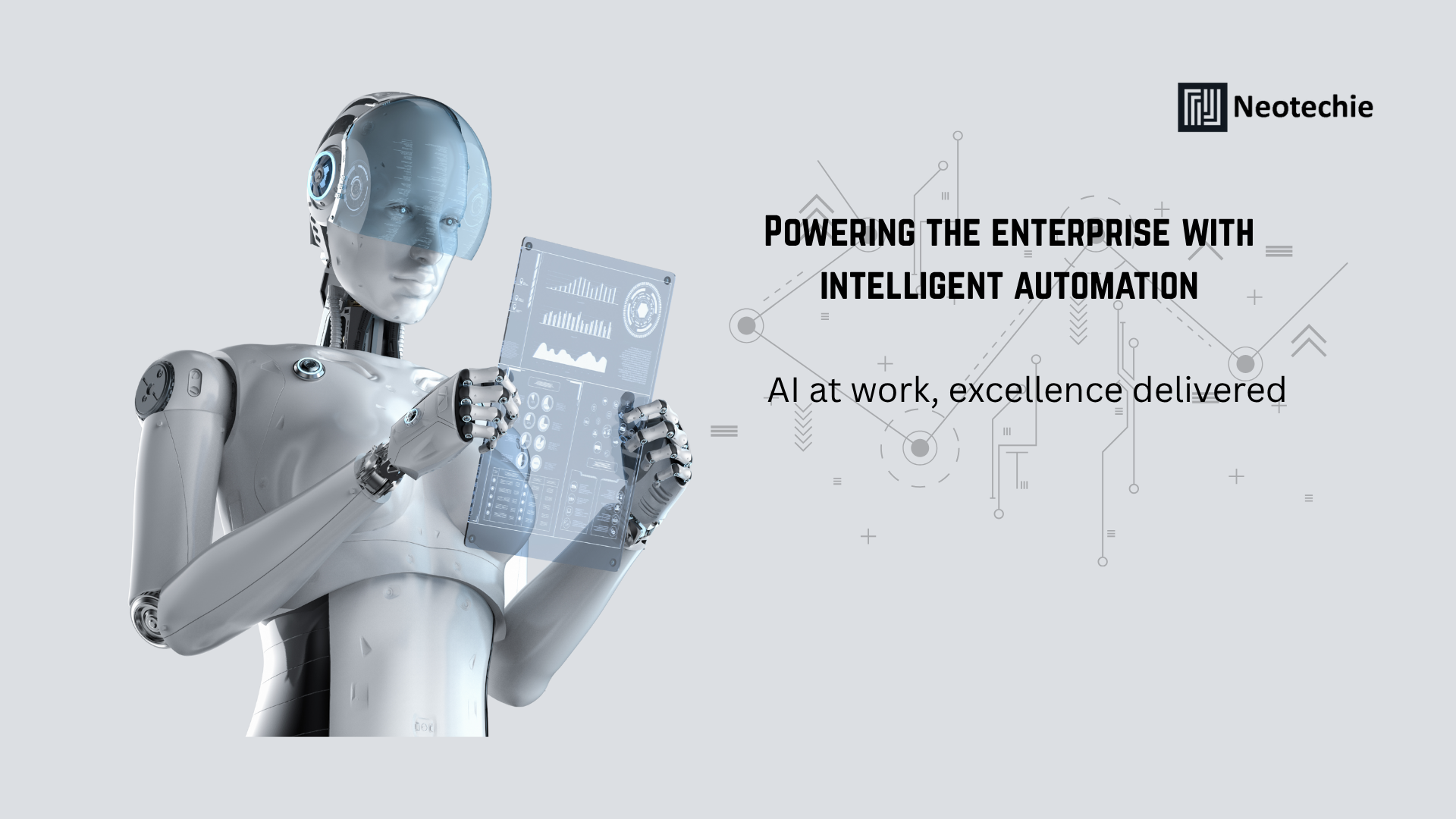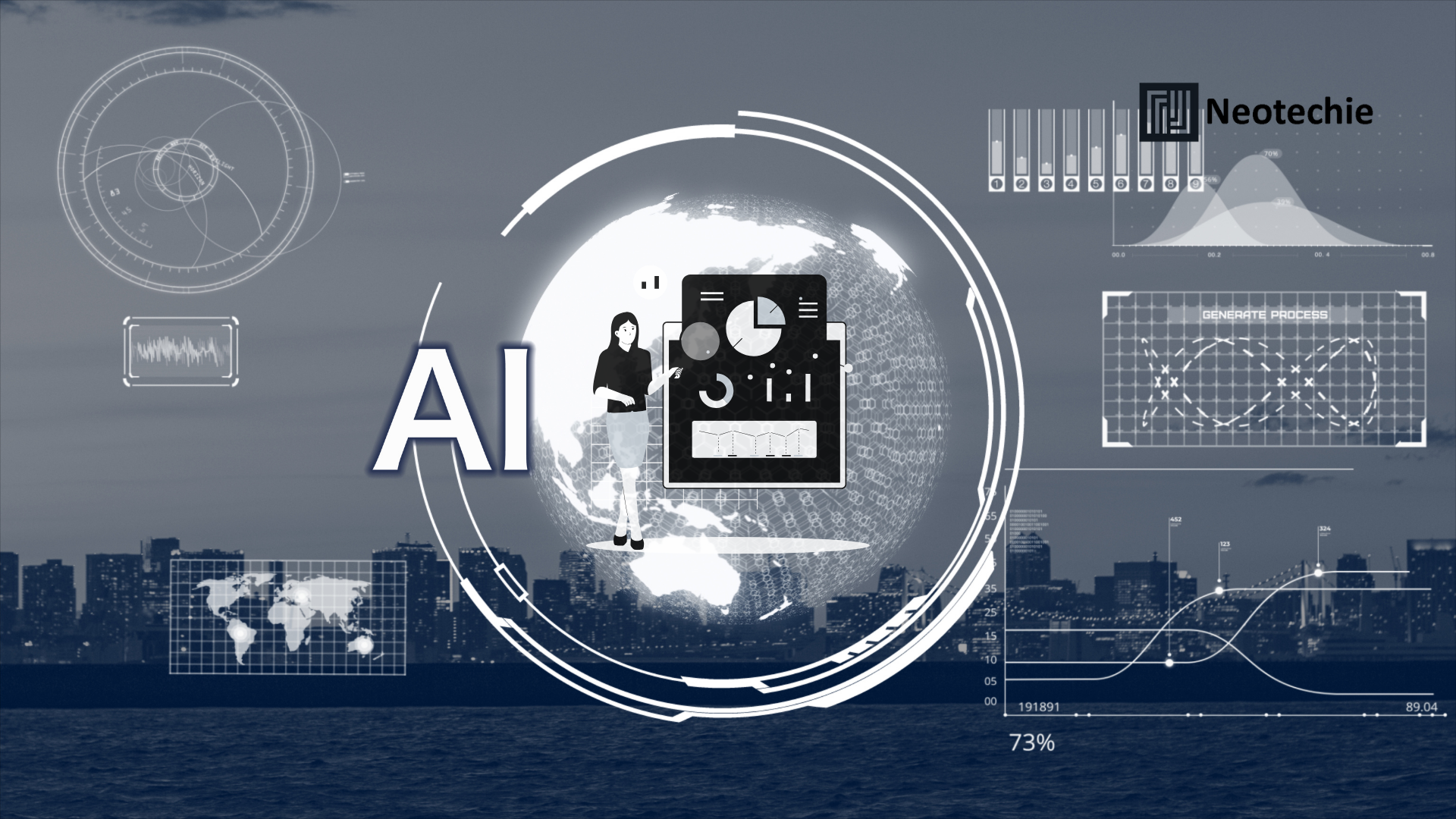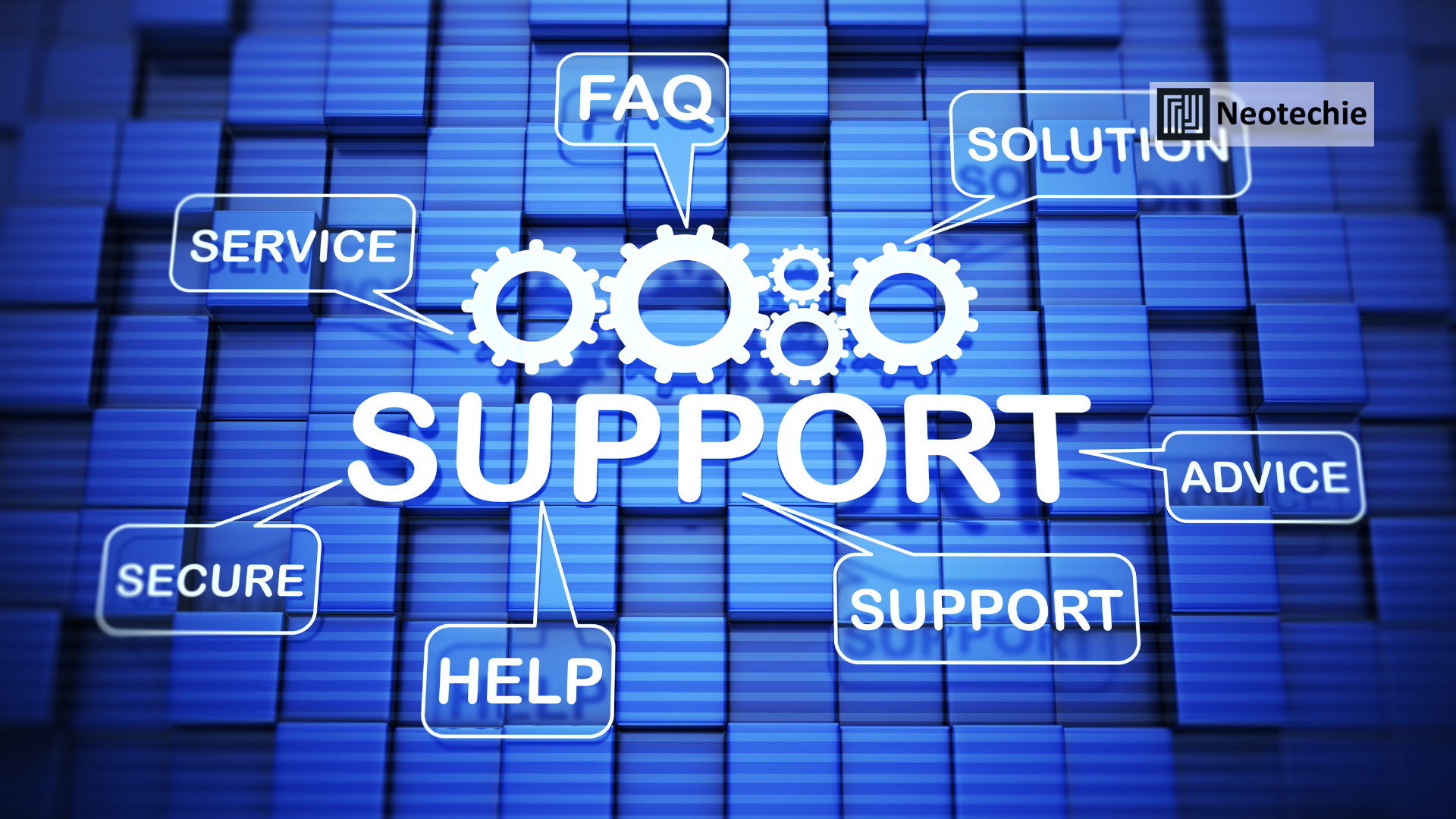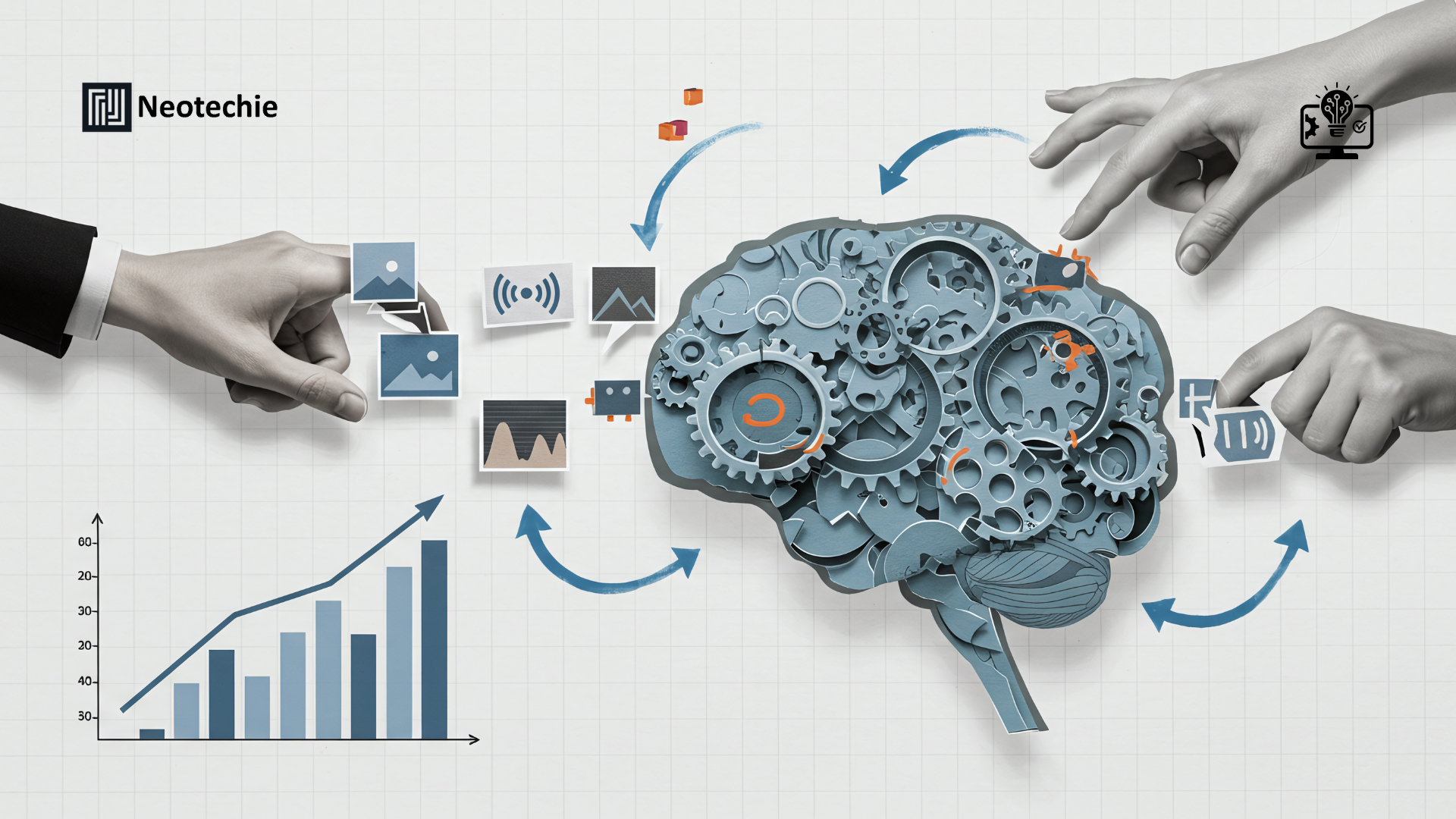What is AI for Risk Management?
AI for risk management leverages artificial intelligence, machine learning, and data analytics to identify, assess, and mitigate risks across an organization. Traditional risk management relies on historical data, manual assessments, and periodic reviews, which often fail to capture real-time threats or emerging trends.
AI transforms risk management by providing continuous monitoring, predictive modeling, and automated response mechanisms. It can analyze vast datasets, detect anomalies, assess operational, financial, and compliance risks, and recommend preventive actions to maintain business continuity. By integrating AI, organizations move from reactive problem-solving to a proactive, predictive approach, ensuring resilience in an unpredictable business environment.
Why Businesses Need AI for Risk Management
- Proactive Risk Identification
AI continuously monitors business processes, transactions, and external factors, allowing organizations to detect risks before they manifest. This proactive approach ensures early intervention, reducing potential impact and safeguarding assets. For instance, AI can flag unusual patterns in financial transactions indicative of fraud before significant losses occur. - Operational Resilience
With real-time monitoring and predictive insights, businesses can prepare for operational disruptions, whether due to supply chain interruptions, system failures, or external events. AI enables rapid response and contingency planning, keeping operations agile and minimizing downtime. - Regulatory Compliance
AI systems track evolving regulations, detect non-compliant activities, and generate audit-ready reports. This reduces human error, ensures consistent adherence to legal standards, and avoids costly penalties, particularly in highly regulated industries like finance and healthcare. - Cost Reduction
By anticipating potential threats and preventing adverse events, AI significantly lowers financial and operational losses. Predictive models can prioritize high-risk areas, allocate resources efficiently, and reduce unnecessary expenditures. - Strategic Decision Support
AI not only identifies risks but also quantifies their potential impact, enabling leaders to make informed decisions. From investment planning to resource allocation, AI provides actionable insights that balance risk and opportunity for sustainable growth.
How AI Works in Risk Management
- Data Collection and Integration
AI gathers and integrates data from internal systems, market intelligence, IoT devices, and external databases. This comprehensive dataset provides a complete view of potential risk exposures across operations, finances, and compliance. - Risk Modeling and Prediction
Machine learning algorithms analyze historical and real-time data to predict the likelihood and potential impact of risks. By simulating various scenarios, AI provides organizations with foresight to plan and prepare strategically. - Anomaly Detection
AI identifies deviations from normal patterns—such as unusual transaction behavior, system activity anomalies, or operational inconsistencies—flagging them as potential risks. This early-warning system helps prevent escalation and supports timely interventions. - Automated Alerts and Responses
Upon detecting risks, AI systems generate instant alerts and, in some cases, trigger automated mitigation actions. This reduces response time, minimizes human error, and ensures critical issues are addressed promptly. - Continuous Learning and Adaptation
AI models continuously learn from new data and outcomes, refining predictions and responses over time. This dynamic capability ensures that risk management remains effective even as business environments evolve.
Driving Business Transformation through AI Risk Management
AI-driven risk management transforms organizations from reactive problem-solvers to proactive, resilient, and strategically agile enterprises.
Example 1: Banking and Financial Services
AI monitors transactions and assesses credit risks in real-time, enabling banks to prevent fraud, optimize lending, and ensure regulatory compliance. This not only protects financial assets but also builds customer trust and operational efficiency.
Example 2: Supply Chain
Predictive AI forecasts supplier delays, market fluctuations, and logistical disruptions, allowing businesses to proactively reroute shipments, adjust inventory, and maintain operational continuity.
Example 3: Cybersecurity
AI-powered security systems detect unusual network activity, anticipate potential breaches, and trigger automated defenses. Organizations can prevent data theft, protect intellectual property, and maintain business continuity.
Example 4: Manufacturing
Predictive maintenance and operational AI detect equipment vulnerabilities, preventing breakdowns and ensuring safety compliance. This reduces downtime, increases productivity, and safeguards employees.
Example 5: Healthcare
AI evaluates patient safety risks, clinical compliance, and operational processes to minimize errors, ensure quality care, and maintain regulatory adherence, thereby enhancing both outcomes and institutional reputation.
How Neotechie Helps Businesses Implement AI Risk Management
Neotechie provides tailored AI risk management solutions, enabling organizations to anticipate and mitigate threats effectively.
- Risk Assessment and Strategy: Identify vulnerabilities, prioritize risks, and develop AI-driven frameworks.
- Predictive Modeling: Create models for operational, financial, cybersecurity, and compliance risk scenarios.
- Continuous Monitoring: Implement AI systems to track real-time risks and generate actionable alerts.
- Automated Mitigation: Deploy automated workflows to contain or neutralize risks swiftly.
- Dashboards and Reporting: Provide intuitive visualizations and predictive insights to support decision-making.
- Continuous Optimization: Refine models based on emerging threats, new data, and changing regulations.
ROI and Business Impact
- Reduced Losses: Early identification and prevention of risks minimize financial, operational, and reputational damages.
- Enhanced Resilience: Proactive risk management ensures operational continuity even during unexpected disruptions.
- Regulatory Assurance: Continuous compliance monitoring reduces penalties and audit challenges.
- Strategic Advantage: Insight-driven decisions support sustainable growth and competitive positioning.
- Operational Efficiency: Automation of risk monitoring and mitigation streamlines processes and reduces human workload.
Risks and Considerations
- Data Accuracy and Completeness
Effective AI risk management depends on comprehensive and high-quality datasets. - Integration Complexity
AI systems must integrate seamlessly with existing IT and operational infrastructures. - Change Management
Employee training and adoption are critical for leveraging AI insights effectively. - Over-Reliance on AI
Human oversight is essential to validate AI-generated insights and contextualize predictions. - Compliance and Security
AI systems must adhere to legal, regulatory, and security standards to protect sensitive information.
Why Neotechie?
- AI Expertise: Mastery in predictive analytics, anomaly detection, and machine learning.
- Industry-Specific Knowledge: Tailored solutions for finance, manufacturing, healthcare, supply chain, and IT sectors.
- End-to-End Implementation: Comprehensive services from strategy and model development to deployment and optimization.
- Business Transformation Focus: Enhancing risk preparedness, operational resilience, and strategic agility.
How Businesses Can Get Started
- Risk Assessment: Evaluate data quality, identify critical risk areas, and prioritize interventions.
- Pilot Implementation: Deploy AI models in high-impact areas to measure effectiveness.
- Integration: Connect AI risk systems with enterprise applications for seamless monitoring.
- Scaling: Expand AI risk management across departments, functions, and processes.
- Continuous Learning: Update models with emerging data, new threats, and regulatory changes to maintain effectiveness.
Conclusion
AI-driven risk management empowers organizations to proactively identify, monitor, and mitigate threats, ensuring operational continuity and strategic resilience. By integrating AI, businesses can transform risk from a reactive challenge into a predictive, actionable advantage.
Neotechie enables enterprises to implement AI-powered risk management solutions effectively, combining predictive insights, continuous monitoring, and strategic guidance. This ensures organizations maintain resilience, achieve regulatory compliance, and foster a risk-aware culture that supports long-term growth and competitive advantage.


